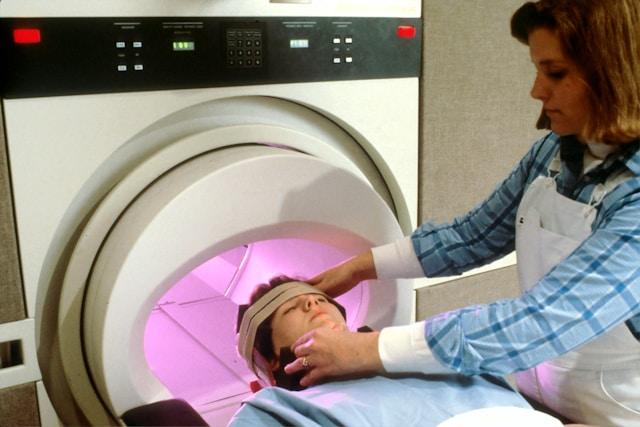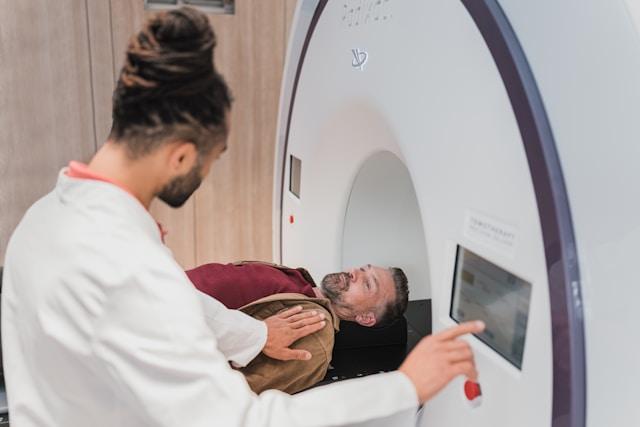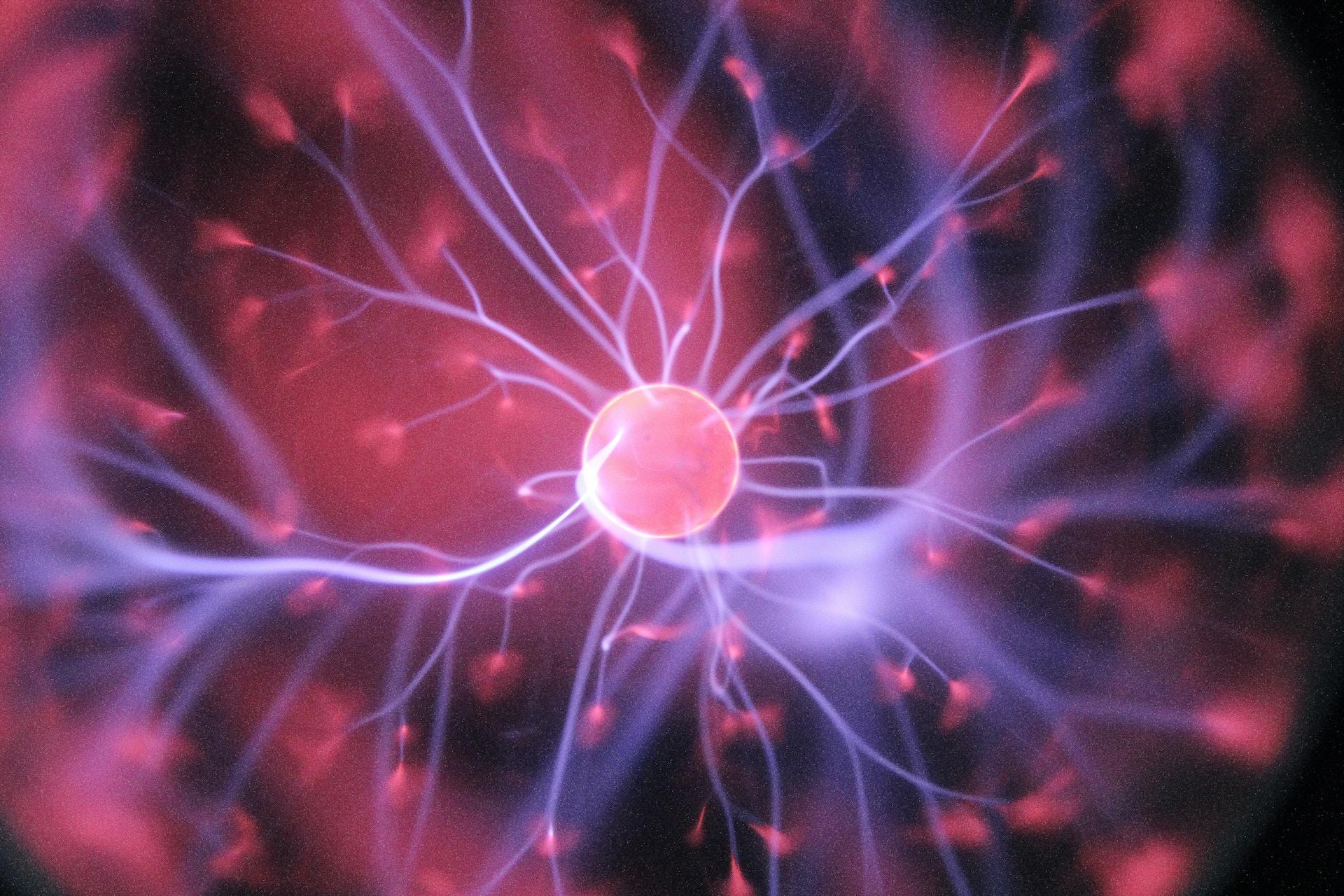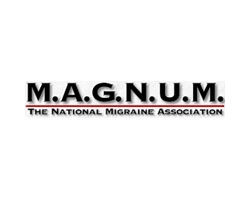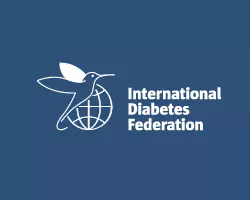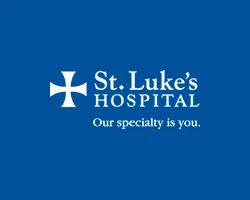-
1. Understanding SNPP (Surgical Nerve Pain and Problems) and Its Impact
-
3. How Pre-Surgical Pain and Behavior Influence Postoperative Outcomes
-
4. Biological Consequences of Surgery: Beyond the Initial Nerve Injury
-
8. The Significance of Continuous Analgesic Blockade (CAB) in Managing Pain
-
9. Preoperative Measures to Mitigate Peripheral Nerve Damage
-
10. The Impact of Patient Education on Post-Surgical Recovery
-
11. Innovative Treatment Approaches for Post-Surgical Nerve Pain
-
13. Activation of Nociceptors and Direct Nerve Injury Explained
-
14. The Need for a Continuum of Care in Post-Surgical Pain Management
-
15. Advances in Objective Measures of Pain for Better Treatment Outcomes
Discover practical tips to alleviate nerve pain post-surgery, including gentle exercises, medication options, and lifestyle adjustments. Learn how to manage discomfort, pain control, chronic pain, and promote healing by exploring these simple yet impactful strategies. Dive into our curated list to find relief and enhance your recovery journey.
1. Understanding SNPP (Surgical Nerve Pain and Problems) and Its Impact
Surgical Nerve Pain and Problems (SNPP) post-surgery can arise from various causes, such as nerve damage during the operation or inflammation around the affected nerves leading to numbness.
SNPP can significantly impact a patient’s quality of life, leading to persistent pain, numbness, tingling sensations, and even muscle weakness in the affected area, causing nerve damage and central sensitization.
Different from general postoperative pain that tends to diminish as healing progresses, SNPP may persist for an extended period after the surgery, affecting daily activities and overall well-being.
Causes of SNPP:
-
Nerve Compression resulting from scar tissue formation or improper positioning during surgery can lead to neuropathic pain, chronic pain, and damage.
-
Nerve Trauma: Direct injury to a nerve during the surgical procedure can lead to neuropathic pain, chronic pain, and damage.
-
Inflammation: Swelling around nerves causing pain and discomfort.
Impact on Patients:
-
Chronic Pain: SNPP may lead to long-lasting pain that affects mobility, quality of life, and nerve damage.
-
Emotional Distress: Chronic discomfort, neuropathic pain, and changes in the brain can cause anxiety, depression, and sleep disturbances.
-
Functional Limitations: Numbness or weakness in the affected area, neuropathic pain, chronic pain, brain changes may hinder normal activities.
Understanding SNPP is crucial for healthcare providers to implement appropriate management strategies and provide necessary support to patients dealing with this specific type of postoperative pain.
2. The Role of Age and Gender in Post-Surgical Nerve Pain
Age plays a significant role in post-surgical nerve pain, with older patients being more prone to experiencing this condition. Studies have shown that as individuals age, their nerve function may decline, leading to a higher likelihood of developing nerve pain after surgery.
On the other hand, gender-specific differences also may impact the experience of nerve pain following surgical procedures. Women, for instance, have been reported to have a higher prevalence of post-surgical nerve pain compared to men. This variation is attributed to hormonal factors and differences in pain perception between genders.
Interestingly, the interaction between age and gender can further influence post-surgical nerve pain outcomes. For example, older women may be at the highest risk of developing severe nerve pain after surgery due to a combination of age-related nerve degeneration and gender-specific pain modulation mechanisms.
Understanding how age and gender contribute to post-surgical nerve pain is crucial for healthcare providers in tailoring treatment approaches and managing patients’ expectations. By considering these factors, medical professionals can provide more personalized care and improve outcomes for individuals undergoing surgical procedures.
3. How Pre-Surgical Pain and Behavior Influence Postoperative Outcomes
Understanding the relationship between pre-surgical pain and postoperative nerve pain is crucial. Research shows that higher levels of pre-surgical pain often lead to increased postoperative pain intensity, highlighting the need for proactive management strategies during the perioperative period.
Moreover, a patient’s behavior before surgery can significantly impact their postoperative recovery. For instance, individuals with high levels of anxiety or fear tend to experience more severe postoperative pain. Addressing these behavioral aspects through interventions like cognitive-behavioral therapy can help improve overall outcomes.
To mitigate postoperative nerve pain effectively, healthcare providers should focus on addressing pre-surgical pain. Implementing multimodal analgesia techniques, such as combining different types of pain medications and therapies, can help manage pain more efficiently and reduce the risk of chronic postoperative pain development.
4. Biological Consequences of Surgery: Beyond the Initial Nerve Injury
Surgery can have lasting impacts on nerve function, extending beyond the immediate nerve injury, may causing neuropathic pain and chronic pain. Long-term effects may include altered brain circuits and changes in brain systems, affecting overall brain function.
The trauma from surgery may lead to disruptions in the nervous system, potentially causing sensory loss and impairing normal nerve signaling. These changes may result in persistent issues with pain perception and motor function.
Moreover, surgical procedures can induce damage to the spinal cord, further complicating the recovery process. The resulting nerve injuries may impede proper communication between the brain and affected areas of the body.
In some cases, surgical insult may hinder the natural nerve regeneration processes, prolonging recovery and potentially leading to chronic pain conditions. This interference with nerve repair mechanisms may significantly impact a patient’s post-operative experience.
Understanding these secondary biological consequences is crucial for healthcare providers to tailor treatment strategies effectively. By recognizing the intricate relationship between surgery and nerve function, medical professionals can implement targeted interventions to support optimal healing outcomes.
5. The Importance of Recognizing Centralization of Pain
Centralization of pain, particularly central sensitization, plays a crucial role in post-surgical nerve pain. This phenomenon involves the amplification and prolongation of pain sensations due to changes in the nervous system, specifically in the somatosensory cortex area.
Understanding centralization is vital as it significantly impacts how individuals perceive and manage postoperative pain. Patients experiencing centralized pain may exhibit heightened sensitivity to stimuli, leading to increased discomfort and reduced quality of life post-surgery.
To effectively address centralized pain in postoperative patients, healthcare providers need to be aware of the signs and symptoms indicating centralization. These may include widespread pain, increased response to painful stimuli, and altered sensory processing.
Identifying centralized pain early on allows for tailored treatment approaches that target the underlying mechanisms contributing to central sensitization. Interventions such as cognitive-behavioral therapy, physical therapy, and medications aimed at modulating neural pathways may help alleviate centralized pain and improve patient outcomes.
6. Long-Term Consequences of Post-Surgical Nerve Pain
Untreated postoperative nerve pain may lead to chronic neuropathic pain, creating a neuropathic pain state that persists long after surgery. This condition can result in heightened pain sensitivity and altered processing of pain signals, affecting daily life significantly.
Chronic nerve pain from surgical procedures can stem from various neuropathic causes, manifesting as persistent numbness, tingling sensations, or even muscle weakness. Failure to address neuropathic pain and these symptoms promptly may exacerbate the condition, leading to long-lasting consequences.
Patients experiencing post-surgical nerve pain might encounter challenges in performing routine tasks, impacting their quality of life and mental well-being. The continuous discomfort and limitations imposed by this type of pain may disrupt sleep patterns, hinder mobility, and diminish overall productivity.
Proactive management of postoperative nerve pain is crucial to mitigate its long-term effects. Timely intervention through specialized treatments, physical therapy, or medication adjustments may help alleviate symptoms and prevent the progression to chronic neuropathic pain states.
7. Challenges in Diagnosing and Treating SNPP
Post-surgical nerve pain poses unique challenges due to its complex nature and varied manifestations. Healthcare providers often encounter difficulties in accurately diagnosing SNPP, primarily because of the influence of genetic polymorphisms on pain perception. These genetic variations can impact how individuals experience and respond to pain, making it challenging to predict and manage post-operative nerve pain effectively.
One of the main barriers to treating SNPP lies in the individualized nature of pain responses, influenced by genetic factors. This variability in patient responses to medications and therapies complicates the selection of appropriate treatment strategies. The lack of standardized diagnostic tools tailored to consider genetic polymorphisms further hinders accurate diagnosis and targeted treatment for post-surgical nerve pain.
To address these challenges, healthcare providers are increasingly turning towards precision medicine approaches that take into account individual genetic profiles. By incorporating genetic testing and analysis into the diagnostic process, clinicians can better understand a patient’s predisposition to developing SNPP and neuropathic pain, and may tailor treatment plans accordingly. Moreover, advancements in personalized medicine offer promising avenues for optimizing pain management strategies post-surgery.
In overcoming diagnostic and treatment challenges associated with SNPP, integrating genetic information into clinical decision-making processes, neuropathic pain may be key. By leveraging insights from genetic polymorphisms, healthcare providers can enhance their ability to diagnose SNPP accurately and develop personalized treatment regimens that target the underlying mechanisms driving post-surgical nerve pain.
The Significance of Continuous Analgesic Blockade (CAB) in Managing Pain and nociception
Continuous Analgesic Blockade (CAB) is a crucial approach in pain control post-surgery. Unlike traditional pain management techniques, CAB involves the continuous administration of local anesthetics directly to the affected nerve or nerves, providing sustained relief. This targeted method ensures that the nerves responsible for transmitting pain signals are effectively blocked, offering significant benefits in managing nerve pain after surgery.
Benefits of CAB:
-
Enhanced Pain Relief: By directly targeting the affected nerves with a continuous flow of analgesics, CAB offers more effective and consistent pain relief compared to intermittent methods.
-
Reduced Systemic Side Effects: Since the analgesics primarily act on the localized nerves, there is a lower risk of systemic side effects commonly associated with oral pain medications.
Approaches to Implementing CAB:
-
Peripheral Nerve Blocks: By injecting local anesthetics near specific nerves, peripheral nerve blocks provide targeted pain relief for surgical sites or specific areas affected by nerve pain.
-
Catheter-Based Techniques: Utilizing catheters allows for continuous delivery of analgesics over an extended period, ensuring prolonged pain control without the need for repeated injections.
-
Cold Compress Application: Combining CAB with cold compress application can further enhance pain relief by reducing inflammation and numbing the area.
Incorporating Continuous Analgesic Blockade into post-operative care plans can significantly improve patient comfort and recovery outcomes, making it a valuable tool in managing post-surgical nerve pain effectively.
9. Preoperative Measures to Mitigate Peripheral Nerve Damage
Preventing peripheral nerve injuries is crucial in minimizing postoperative nerve damage. Assessing the affected area and taking proactive steps can significantly reduce the risk of complications.
-
Conduct thorough preoperative evaluations to identify any existing peripheral nerve issues.
-
Utilize nerve conduction studies or electromyography to assess nerve function before surgery.
-
Collaborate with neurologists or specialists to ensure comprehensive nerve health evaluation.
Implementing preventive measures can help safeguard against potential nerve damage:
-
Opt for minimally invasive surgical techniques when possible to reduce trauma to surrounding nerves.
-
Use intraoperative neuromonitoring to track nerve function during surgery.
-
Ensure proper positioning of patients during procedures to avoid compression of nerves.
10. The Impact of Patient Education on Post-Surgical Recovery
Patient education plays a crucial role in managing post-surgical nerve pain by empowering patients to actively participate in their recovery process. When patients are well-informed about their condition, treatment options, and potential outcomes, they can make informed decisions and take proactive steps towards managing their pain effectively.
Empowering patients with knowledge about nerve pain after surgery enables them to better understand the reasons behind their discomfort, leading to increased compliance with treatment plans and faster recovery times. Studies have shown that educated patients experience reduced anxiety levels and are more likely to engage in activities that promote healing.
Effective educational strategies include providing detailed information about the surgical procedure, expected post-operative symptoms, pain management techniques, and potential complications. Encouraging patients to ask questions and express concerns fosters a sense of control over their recovery journey.
11. Innovative Treatment Approaches for Post-Surgical Nerve Pain
Cutting-edge treatment options are revolutionizing post-surgical nerve pain management, offering hope to patients experiencing discomfort in specific nerve territories after procedures like hernia repair. These innovative therapies go beyond traditional medications and remedies, providing targeted solutions for enhanced effectiveness.
-
Nerve Stimulation: Utilizing advanced technologies, such as spinal cord stimulation or peripheral nerve stimulation, to modulate nerve activity and alleviate pain.
-
Regenerative Medicine: Harnessing the power of stem cells or growth factors to promote nerve regeneration and repair damaged tissues, offering long-term relief.
-
Virtual Reality Therapy: Immersive experiences that distract the brain from perceiving pain signals, leading to reduced discomfort and improved quality of life.
These novel approaches not only address symptoms but also target the root cause of post-surgical nerve pain, paving the way for more comprehensive and personalized treatment plans. By combining these innovative therapies with conventional methods, healthcare professionals can significantly enhance patient outcomes and satisfaction.
Incorporating emerging technologies and approaches in the field of nerve pain management holds tremendous promise for transforming the post-operative recovery experience, providing patients with effective relief and a renewed sense of well-being.
12. The Efficacy of Regional Anesthesia in Preventing SNPP
Regional anesthesia plays a crucial role in reducing post-surgical nerve pain (SNPP). Compared to systemic pain management, regional anesthesia offers targeted relief by numbing specific nerve pathways. This approach not only minimizes the risk of SNPP but also enhances recovery outcomes.
Different types of regional anesthesia techniques, such as epidurals and nerve blocks, provide effective pain control by blocking nerve signals in localized areas. These techniques are particularly beneficial for surgeries involving the extremities or abdominal regions where SNPP is a common concern.
Studies have shown that utilizing regional anesthesia during surgery can significantly decrease the incidence and severity of SNPP postoperatively. By directly targeting the affected nerves, regional anesthesia helps in managing pain more effectively than general anesthesia or systemic pain medications alone.
Furthermore, regional anesthesia allows for lower doses of overall anesthetics, reducing the risk of side effects associated with systemic administration. Patients who receive regional anesthesia often experience faster recovery times and decreased reliance on opioid medications for pain relief after surgery.
13. Activation of Nociceptors and Direct Nerve Injury Explained
Nociceptors play a crucial role in the development of post-surgical nerve pain. Activation of these specialized sensory neurons occurs in response to noxious stimuli, leading to the generation of nociceptive signals that are transmitted along nociceptive pathways. This process, known as nociception, contributes to the sensation of nociceptive pain commonly experienced after surgery.
During surgical procedures, direct nerve injury can occur, causing damage to the nerves themselves. This nerve trauma can result in persistent pain even after the initial healing period. The inflammatory response triggered by the surgical intervention can further exacerbate this process by sensitizing nociceptive neurons and amplifying the nociceptive drive.
The interplay between nociceptor activation and direct nerve injury underlies the pathophysiology of Surgical Nerve Pain Phenomenon (SNPP). By understanding these mechanisms, healthcare providers can tailor treatment strategies to target both the source of stimulation and the resulting tingling sensations experienced by patients post-surgery.
The Need for a Continuum of Care in Post-Surgical Pain Management during the perioperative period.
Post-surgical pain, especially operative pain, can be challenging to manage during the operative period. A key aspect of effective pain management is ensuring a comprehensive approach that extends beyond just addressing the immediate surgical site discomfort. This is where the concept of a continuum of care plays a crucial role.
Integrated care pathways are designed to provide patients with a structured and coordinated treatment plan that addresses their pain management needs at every stage of recovery. By involving various healthcare professionals such as pain doctors, physical therapists, and mental health specialists, patients with SNPP can benefit from a holistic approach to their care.
One significant advantage of implementing a continuum of care is the ability to tailor interventions based on individual patient needs. This personalized approach not only helps in managing the incision-related pain but also addresses other associated symptoms or complications that may arise post-surgery.
Moreover, by incorporating intermittent assessments and follow-ups into the care pathway, healthcare providers can closely monitor patients’ progress and promptly address any emerging issues. This proactive approach can prevent potential complications and ensure timely intervention for conditions like shooting pains or nerve-related discomfort.
In essence, developing a continuum of care for post-surgical pain management is essential in optimizing treatment outcomes and enhancing patient satisfaction. By integrating various systems and healthcare professionals into the process, patients can receive comprehensive support throughout their recovery journey.
15. Advances in Objective Measures of Pain for Better Treatment Outcomes
Recent advancements in objective pain assessment tools have revolutionized the management of post-surgical nerve pain. These objective measures provide precise data on pain levels, enabling healthcare providers to tailor treatment strategies effectively.
Utilizing technology-driven solutions, healthcare professionals can now evaluate nerve pain with greater accuracy. By incorporating objective measures such as digital pain scales and wearable sensors, they can track changes in pain intensity over time. This real-time data allows for timely interventions and adjustments in treatment plans.
The integration of these approaches not only improves the evaluation of nerve pain but also enhances the overall treatment experience for patients. Objective measures enable a more comprehensive understanding of the body’s response to post-surgical interventions, leading to personalized and targeted relief strategies.
With these innovative tools, healthcare providers can monitor patients’ progress more closely, identifying any issues or complications promptly. By leveraging objective measures, they can optimize pain management outcomes and ensure better long-term recovery for individuals experiencing post-surgical nerve pain.
Summary
You’ve delved into the complexities of post-surgical nerve pain, understanding its nuances, from preoperative factors to long-term consequences. Recognizing the centralization of pain and embracing innovative treatment approaches can significantly impact your recovery journey. By educating yourself and actively participating in your post-surgical care, you empower yourself to navigate challenges in diagnosis and treatment effectively.
Incorporating continuous analgesic blockade, preoperative measures, and advancements in pain assessment can enhance your post-surgical experience. Remember, a continuum of care and personalized strategies tailored to your needs are crucial for optimal outcomes. Stay informed, advocate for your well-being, and collaborate with healthcare professionals to embark on a path towards effective post-surgical pain management.
Frequently Asked Questions
Is surgical nerve pain common after surgery?
Surgical nerve pain can occur postoperatively due to various factors. Understanding SNPP (Surgical Nerve Pain and Problems) is crucial as it impacts recovery and quality of life.
How can age and gender influence post-surgical nerve pain?
Age and gender play a role in how individuals experience post-surgical nerve pain. Tailored treatment plans considering these factors can lead to better outcomes and improved pain management.
What are the benefits of continuous analgesic blockade (CAB) in managing post-surgical nerve pain and nociception?
Continuous analgesic blockade (CAB) offers sustained pain relief, reducing the reliance on systemic medications. This targeted approach can enhance recovery, improve comfort levels, and promote faster rehabilitation post-surgery.
Why is patient education important for post-surgical recovery?
Patient education empowers individuals to actively participate in their recovery process. Understanding the nature of post-surgical nerve pain, treatment options, and self-care strategies can lead to better adherence to treatment plans and improved outcomes.
How do innovative treatment approaches benefit patients with post-surgical nerve pain?
Innovative treatment approaches offer personalized solutions tailored to individual needs, enhancing efficacy and reducing side effects. These advancements aim to provide comprehensive care, addressing both physical and emotional aspects of post-surgical nerve pain management.

